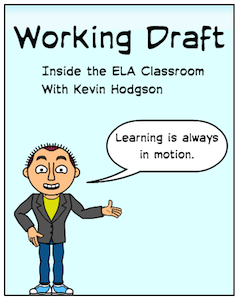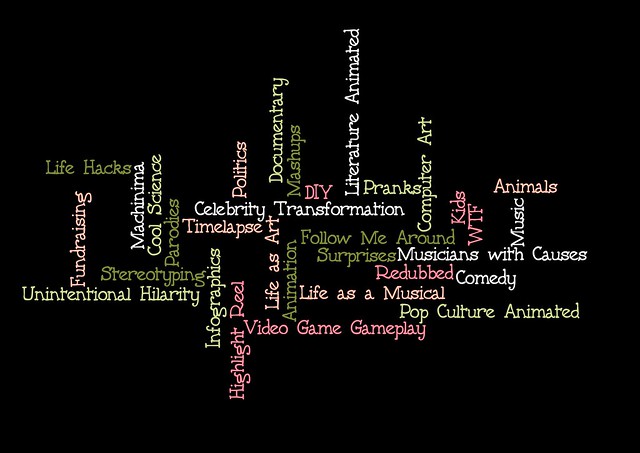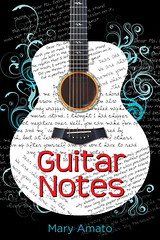(This is for Slice of Life).

This coming Friday, a colleague/friend/collaborator (Gail Poulin, whom some of you may know through blogging and Twitter) and I will be facilitating a session around digital storytelling via iMovie with the colleagues at our school. I won’t say I am nervous, but I will say that I know the range of technology comfort is wide among our staff, and there are probably more than a few that would rather do anything than work with technology during a PD day. We were asked to do this session by our principal and I do want to find ways to engage my colleagues with digital writing.
Still, Gail and I both are aware of the trepidation among our teaching friends, and let’s be honest: iMovie is more complicated than Photostory3, but we are now a Mac school so … into iMovie we go. At yesterday’s staff meeting, as I talked about what to expect for the session (we’re going make digital stories in a hands-on session) and what to bring (Macs and images, etc.), I also tried to broaden the expectations around discovery, fun and reflective stance. I had created this presentation in Haiku Deck to help ease some minds.
Did it work? I’m not sure, and the fact that we will have a pretty large crowd on Friday for a technology session around digital storytelling means that Gail and I will be running around a bit, I am sure. But I also made clear that they will be called on to help each other, that this PD is going to be collaborative. We need one another. We’re a community of learners, too.
And my final point? They are going to make a digital story during our time together, and the story can be about whatever they want (school, family, vacation, etc.) but find and work on a story that interests them and which will result in a digital video that will be something they can be proud of. Find a passion. Just like our students. Right?
Peace (in the slice),
Kevin






